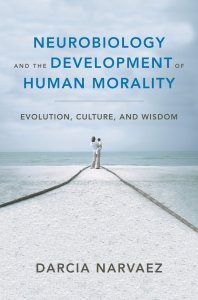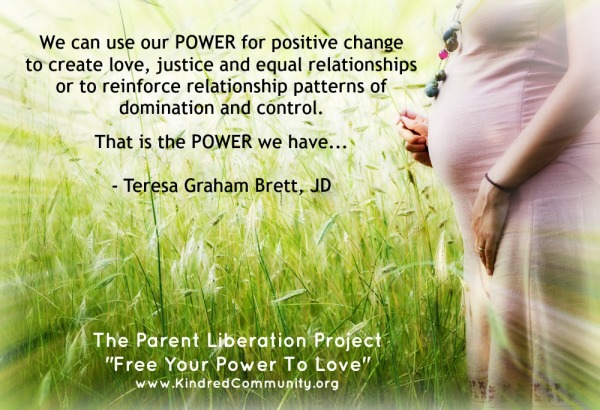Research On Spanking: It’s Bad For ALL Kids
In an article, “Spanking and Child Development: We Know Enough Now to Stop Hitting Our Children,” Elizabeth Gershoff reviews recent research on spanking.
Spanking is defined by Gershoff as “hitting a child on the bottom with an open hand” (p. 133).

Parents use spanking generally in order to reduce undesirable behavior and increase desirable behavior but because it is targeted toward an undesirable behavior can only possibly meet the first parenting goal. But does it work?
Researchers have looked at effects on three undesirable behaviors in children who are spanked: non-compliance in the short term, non-compliance in the long term, and aggression. This area is hard to study in the home because spanking rarely occurs at all nor in front of strangers. It is hard to study in the laboratory because of the prohibition against hurting subjects.
Nevertheless, some studies have been done. In one set of analyses with young children in the laboratory, time outs worked just as well as spanking for (immediate) subsequent compliance on 30 tasks assigned by the mother. Long-term compliance is decreased after spanking (Gershoff, 2002; Gershoff & Grogan-Kaylor, 2013).
In terms of whether parental aggression (spanking) decreases aggression in the child, the answer is no. In fact, spanking tends to increase child aggression. “Spanking predicted increases in children’s aggression over and above initial levels [of aggressive behavior]” and “in none of these longitudinal studies did spanking predict reductions in children’s aggression over time” (p. 134). Instead, spanking predicted increases in children’s aggression.
Why is spanking ineffective for changing behavior in the longterm?
Approaching this from a behaviorist perspective, conditioning by punishment (pain) requires that the consequence always occur immediately after every instance. When you touch a hot stove with a bare hand, you get burned, period. This does not occur with the behaviors parents spank for—parents are often not around to see them or are not willing or able to spank immediately afterwards.
Why is spanking ineffective for increasing desirable behavior?
Spanking does not convey positive guidance on how to behave in a particular situation, only how not to behave if a threat of punishment is at hand. Children learn positive behaviors from practicing actions that work, ones that lead to a sense of belonging and competence. They internalize what they practice and what their family practices. They learn reasons for their actions from what they hear and are told, but active practice has the deepest impact.
Why else is spanking harmful?
It undermines trust. Children trust their parents just a little less. They are more likely to step back from the relationship and build a self-protective shield around themselves in terms of relationships generally. Children can learn to mistrust the motives of others and become more threat reactive in social situations. It can lead to aggressive expectations—they are ready to aggress first before they are aggressed against.
Spanking is harmful for even more reasons, the review indicates:
- Spanking destroys mental health.
- Spanking increases delinquency and criminal behavior.
- Spanking makes it more likely the child will be physically abused.
Does the ethnicity or culture of the family matter?
No. Longitudinal studies show that spanking increases aggression in any child, no matter what their background or what the common practices of their community are (see Berlin et al., 2009; Gershoff et al., 2012).
How to stop using spanking
If you are a parent, or plan to be a parent, who wants to learn to not use spanking, HERE is a place for resources to help you.
More information: Check out a fellow blogger’s post on how spanking harms the brain and more HERE.


